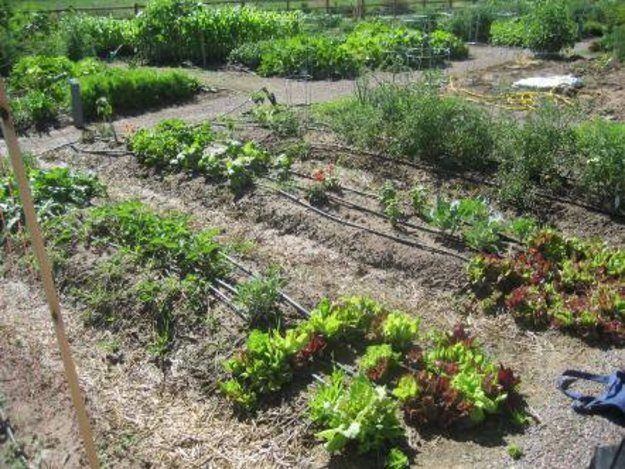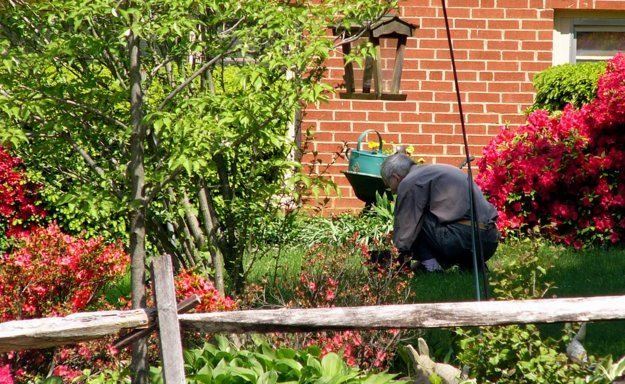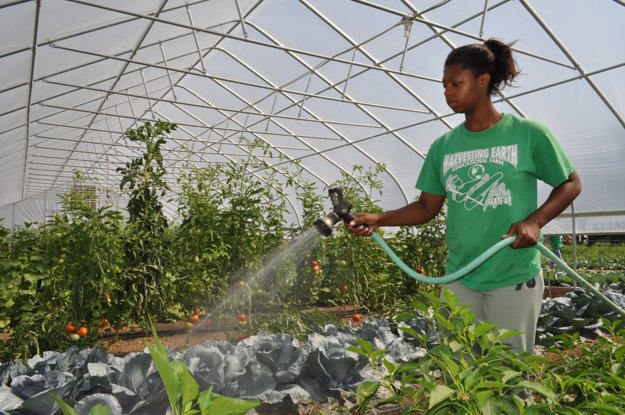Homesteading is known to be a self-sufficient lifestyle. It can be done in every state if you are determined, but each state has its advantages and disadvantages. Read on to learn more about living off-grid!
Related: Why Homesteaders Should Practice Subsistence Farming Now
In this article;
What Is Homesteading?
Homesteading is known to be a self-sufficient lifestyle where people work to produce their food.
Everyone is working many hours just to put food on the table, and some people are worn out from the busy city life. Living off-grid and away from the chaos and producing their food can be a good alternative for such people.
Important Factors While Choosing a State
Homesteading can be done in any state if you want to do it. But each state has its advantages and disadvantages, which is why it's essential to know the homesteading conditions before moving and starting this challenging but fun process.
While choosing a state for homesteading it's important to consider the following factors;
- Cost of Land: In some states, land costs might be cheaper, but the taxes could be higher.
- Safety of Land: Environmentally safe in terms of; drought, oil refineries at risk, fracking and superfund sites
- Growing Food: Agriculture is essential for homesteading being both a cheaper and healthier option compared to buying food from stores. Almost all states are eligible for growing food, but it's vital to know the period. Choosing a state where you can grow crops for a minimum of 10 months would be the best option in terms of self-sufficiency. Soil and climate conditions are also important; in colder climates, greenhouses can be used to grow crops.
- State Laws: All states provide homesteading laws, but some states offer better conditions for difficult times.
- Climate: The climate is vital in terms of growing crops, having livestock, and for daily life as well. Researching and choosing the best environment that suits your needs is important.
- Water: Some states are known to be rich in terms of lakes and rivers, and some states are known to have dry climates. That's why it's essential to look for a state that has an environment with the right amount of annual rainfall.
- Community: Homesteaders have a community built almost in every state. It's essential to research the existing communities before buying land. Living in a community that shares similar values with your values will make the transition process more comfortable.
10 BEST STATES FOR HOMESTEADING
ALASKA

Alaska is a beautiful state where you can have a real connection with nature. It's the best state for those who want some solitude. Winters are known to be harsh in Alaska, so for growing crops, you might need to build a greenhouse. Land prices are below the national average.
NEVADA

Nevada is another state with harsh winters. Cool-weather crops that grow well when planted in the spring are an excellent choice to start your homesteading in Nevada. Nevada has low land prices and vast rangelands. Therefore it's a great state for ranching and raising livestock. Population density is known to be low.
COLORADO

Colorado is a great place with beautiful mountains. State's geography can make homesteading a bit challenging, but the land is inexpensive, and the state laws are very friendly towards raising livestock and providing community-connection between farmers.
ARIZONA

In Arizona, the cost of buying a property is above average. There's a big wine industry in Arizona, and the climate varies depending on the region you live, but the soil is known to be very rich and fruitful for growing different types of crops. Depending on the size of your homesteading and your plans, you might need a license for your homesteading.
OREGON

Oregon is one of the most preferred states for homesteading. There's a big community of farm owners and homesteaders. Nature provides beautiful scenery, and the crops can be grown easily, thanks to the variable climate. There's also a big scene of farmers' markets in Oregon, which is an excellent opportunity for those who'd like to sell their products.
IOWA

Iowa has 90% of its land being farmed; it is one of the best states for homesteading. Iowa's climate, soil, and seasonal conditions are significant advantages for homesteaders. But Iowa is, unfortunately, the most expensive state in the Midwest, with its farmland prices being more than double the national average.
VIRGINIA

Virginia State has resources for new farmers and homesteaders to help them get started in agricultural business because it could be challenging for small farmers to break into the competitive market in the state. Virginia soils are very fruitful due to the complex river system running from the western mountains.
MICHIGAN

In Michigan, you can experience 4 seasons, which is why the soil is very fertile to grow crops. Winters are slightly longer in Michigan; therefore, homesteaders might want to build a greenhouse for their plants. Despite the high living cost, there's a big community of homesteaders in the state.
IDAHO

Idaho is known to produce ⅓ of the country's potatoes. Idaho has very rich soil, which allows 180 different crops to grow in the state. State laws are favorable towards homesteaders, and the land prices are below the national average.
CONNECTICUT

Connecticut is known to be a homesteading friendly state, but the taxes are higher when compared to other states. It has a mild climate, clean and abundant water resources, and extensive lands, which make the state very eligible for homesteading. As mentioned before, it is imperative to do proper research before moving to a new state and buying land. You can consult specialists in different states and learn more about the homesteading scene.
Which state is your favorite in terms of homesteading? Tell us in the comments section!
Up Next

This article does not touch on the strict laws for some of these states. You have to jump through hoops in some of them.
Talk about a garbage article. You obviously did zero research. Most of these states are terrible for homesteading for many reasons.